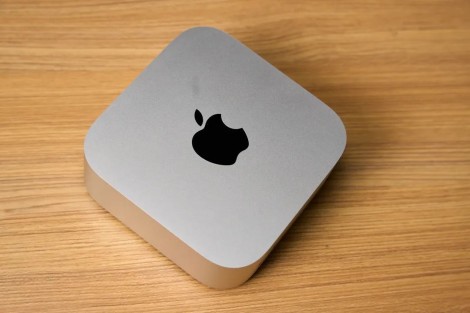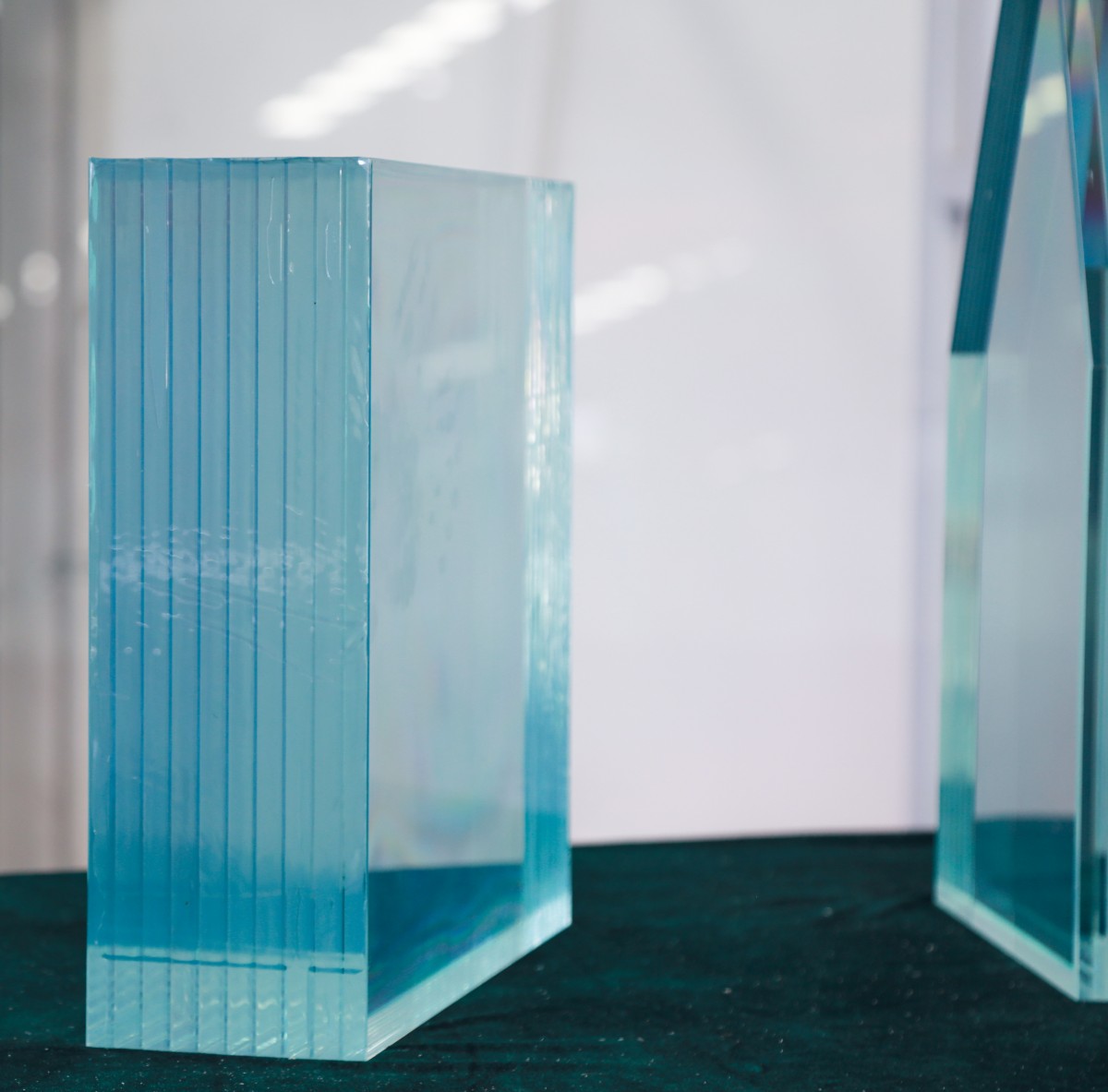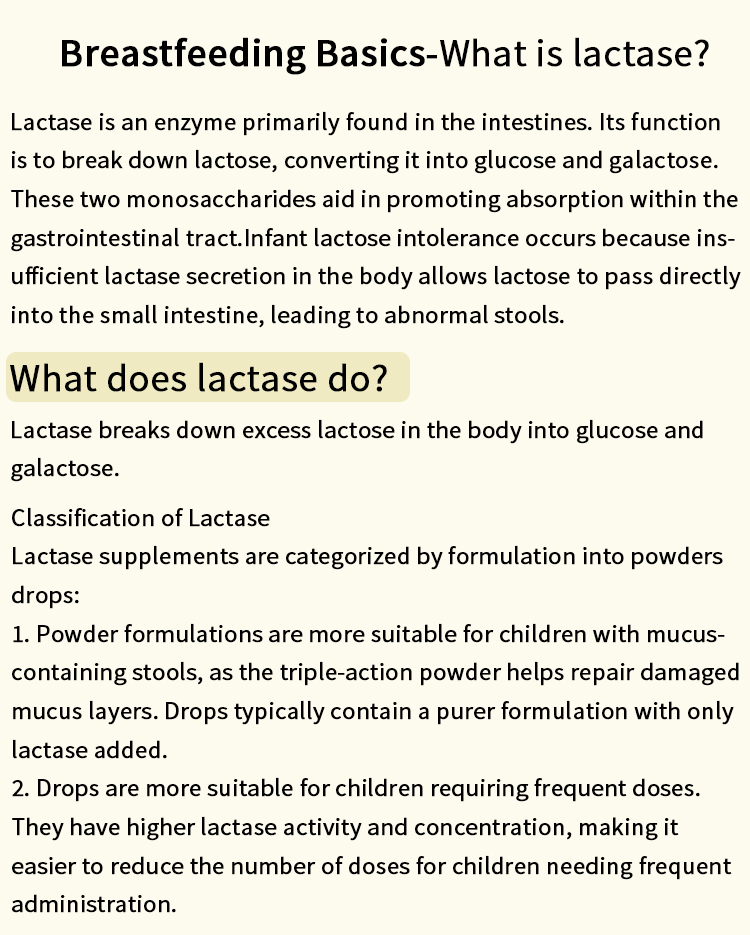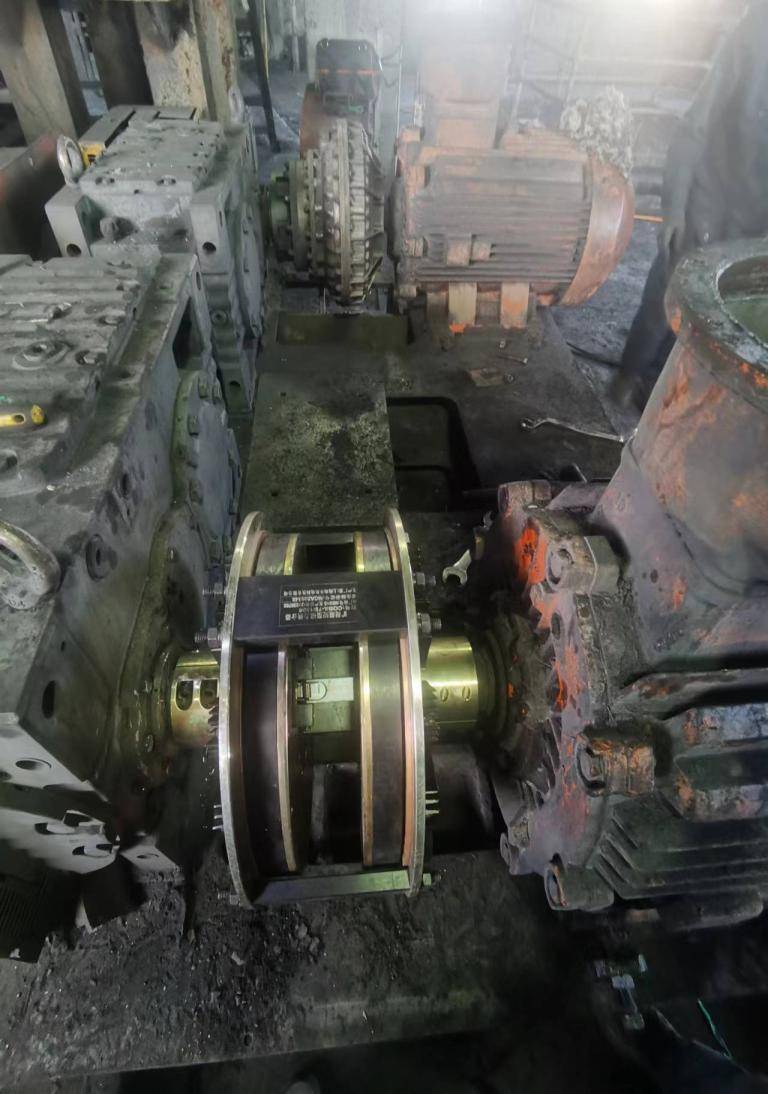When it comes to maintaining the aesthetic and functional integrity of your vehicle, few issues can be as vexing as curb rash. This common occurrence, often resulting from a miscalculated parking maneuver, can leave unsightly scratches and dents on your wheels. As car enthusiasts and everyday drivers alike ponder the question, Is it worth repairing a curb rash? it’s essential to delve deeper into the implications of such damage and the potential benefits of repair.
Understanding Curb Rash: The Basics
Curb rash typically manifests as scuffs, scratches, or gouges on the outer edge of a wheel. While it may seem like a cosmetic issue, curb rash can lead to more significant problems if left unaddressed. The damage can compromise the wheel's structural integrity, especially if it extends beyond the surface and affects the underlying materials. Furthermore, curb rash can detract from the overall appearance of your vehicle, potentially impacting its resale value.
Assessing the Damage: When to Repair
Before deciding whether to repair curb rash, it’s crucial to assess the extent of the damage. Minor scratches may only require a simple touch-up, while deeper gouges could necessitate professional intervention. Here are some factors to consider:
- Severity of Damage: If the curb rash is superficial, DIY repair kits are available that can effectively restore the wheel's appearance. However, if the damage is severe, involving cracks or structural issues, professional repair is advisable.
- Type of Wheel: The material and finish of your wheels play a significant role in the repair process. Alloy wheels, for instance, can often be repaired more easily than chrome or painted wheels, which may require specialized techniques.
- Cost of Repair vs. Replacement: Evaluate the cost of repairing the curb rash against the price of replacing the wheel. In some cases, particularly with high-end or custom wheels, repair may be a more economical option.
The Repair Process: What to Expect
If you decide to proceed with repairs, understanding the process can help set your expectations. Here’s a breakdown of typical repair methods:
- DIY Kits: For minor curb rash, many drivers opt for DIY repair kits that include sandpaper, paint, and clear coat. These kits can be effective for small scratches but require patience and a steady hand.
- Professional Repair: For more extensive damage, seeking a professional repair service is recommended. Professionals typically use specialized tools and techniques, such as wheel refinishing, which can restore the wheel to its original condition. This process often involves sanding, filling, painting, and sealing the affected area.
- Cost Considerations: The cost of professional repair can vary widely based on the severity of the damage and the type of wheel. On average, repairs can range from $75 to $150 per wheel, while replacement costs can soar into the hundreds or even thousands, depending on the wheel's make and model.
Benefits of Repairing Curb Rash
- Enhanced Aesthetic Appeal: A well-maintained vehicle not only looks better but also reflects the owner's attention to detail. Repairing curb rash can significantly enhance the overall appearance of your wheels.
- Preservation of Resale Value: For those considering selling or trading in their vehicle, addressing curb rash can help maintain its resale value. Prospective buyers are often deterred by visible damage, which can lead to lower offers.
- Safety Considerations: While curb rash is primarily a cosmetic issue, it can sometimes indicate underlying problems. Repairing the damage can help ensure that the wheels remain structurally sound, contributing to overall vehicle safety.
Conclusion: Is It Worth It?
Ultimately, the decision to repair curb rash hinges on several factors, including the extent of the damage, the type of wheels, and your personal preferences. While minor scratches may not warrant immediate action, addressing more significant damage can enhance your vehicle's appearance, preserve its value, and ensure safety on the road.






+ There are no comments
Add yours